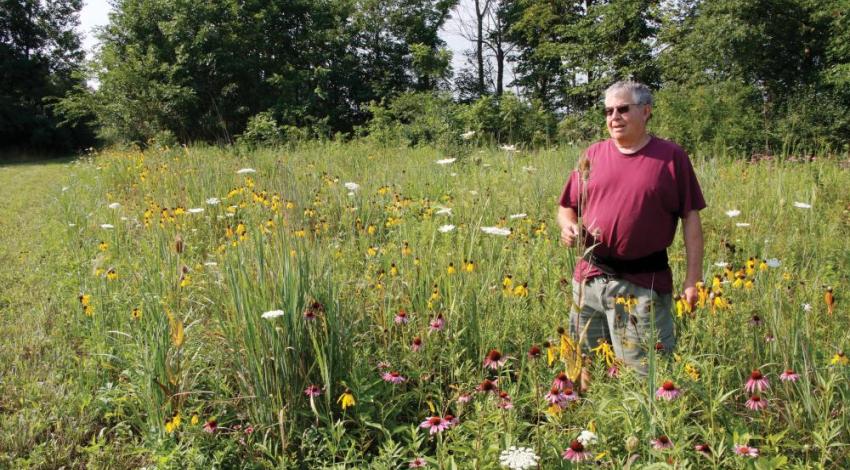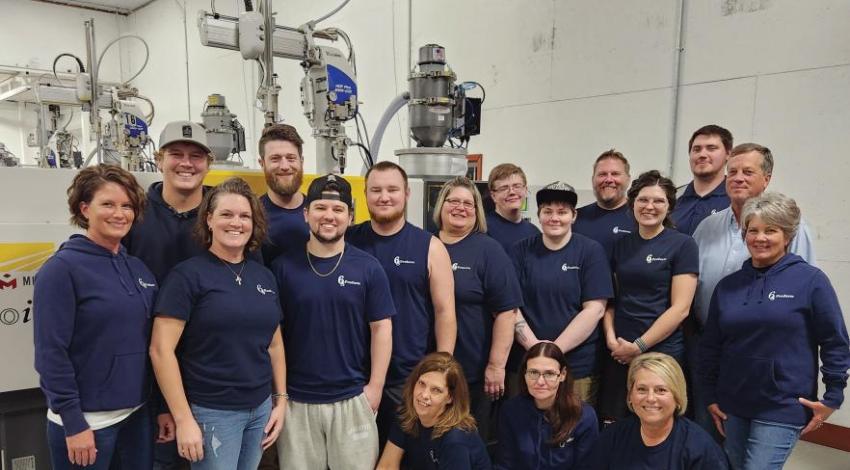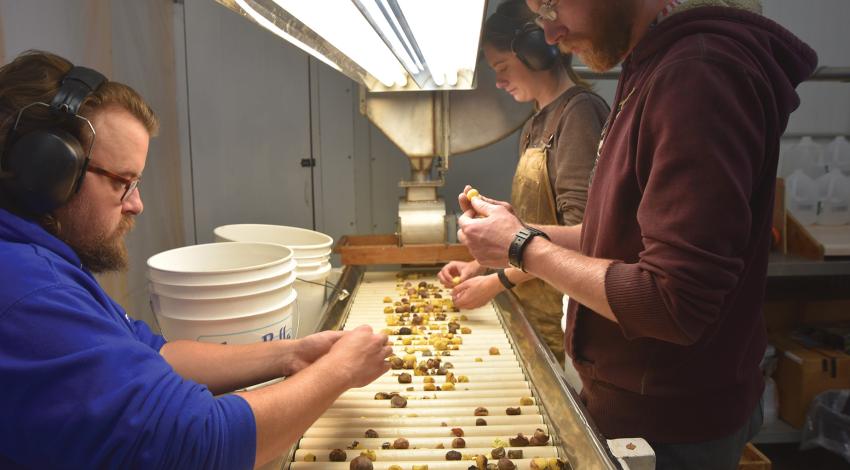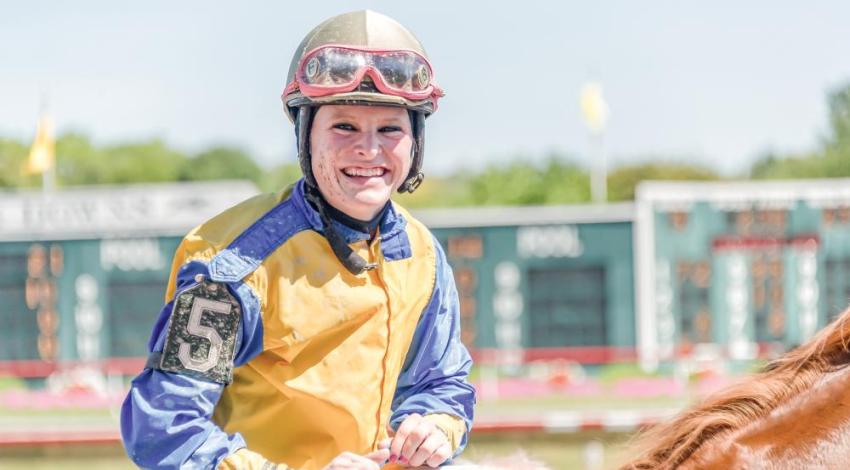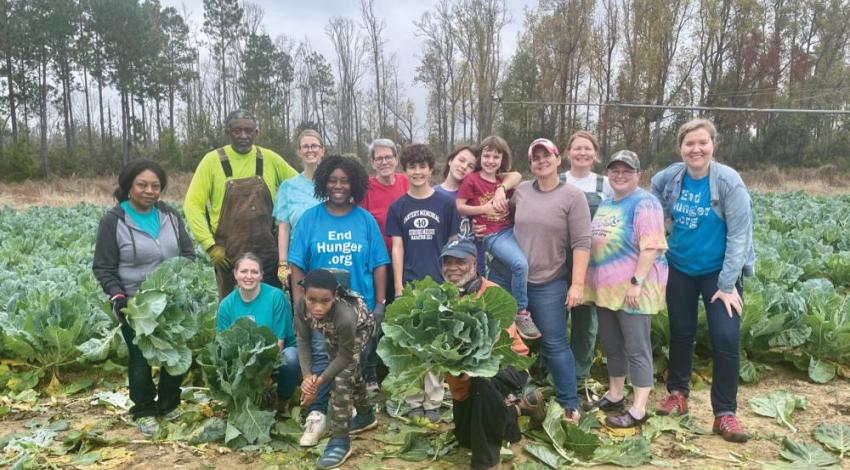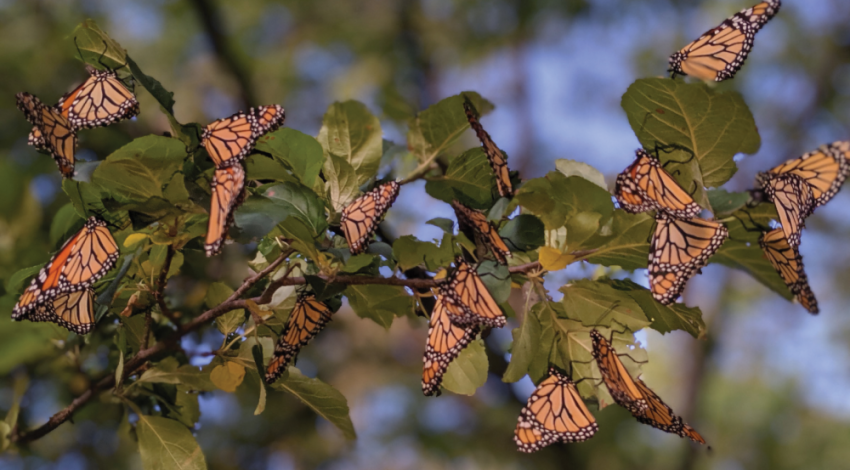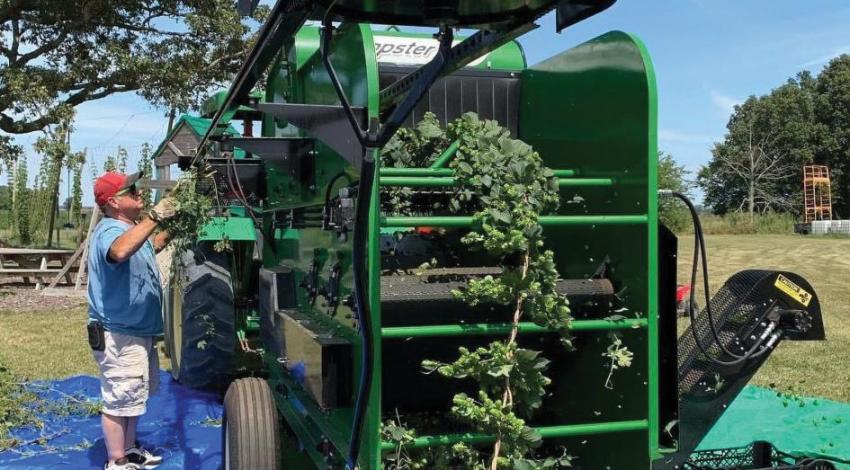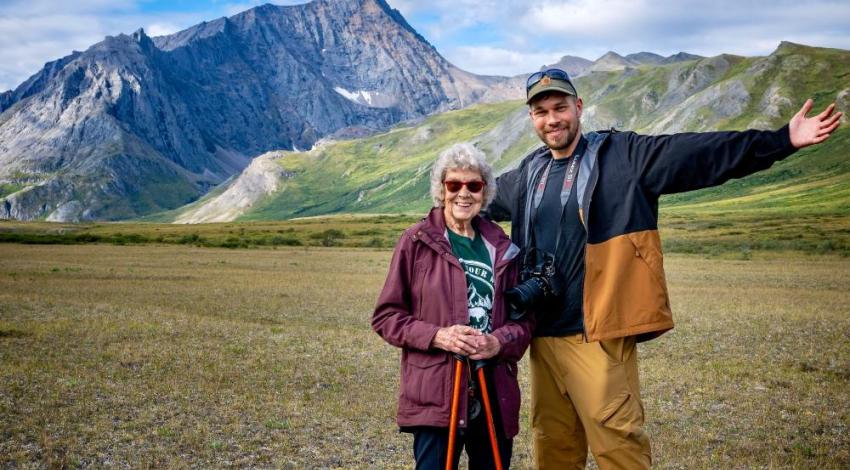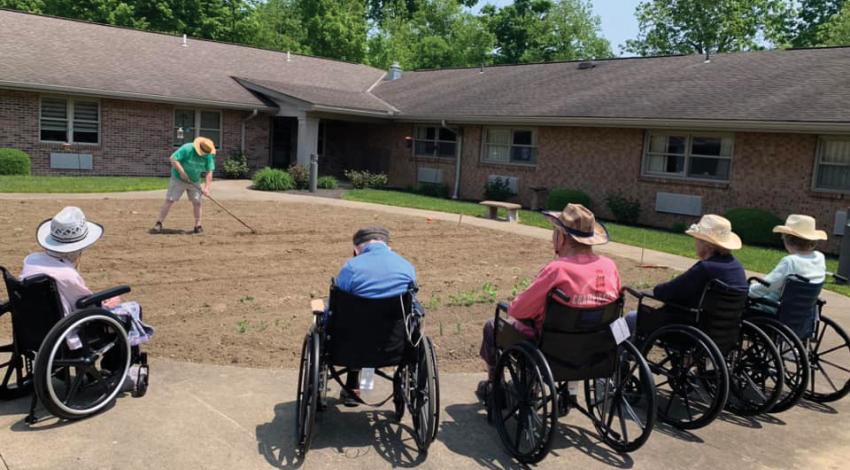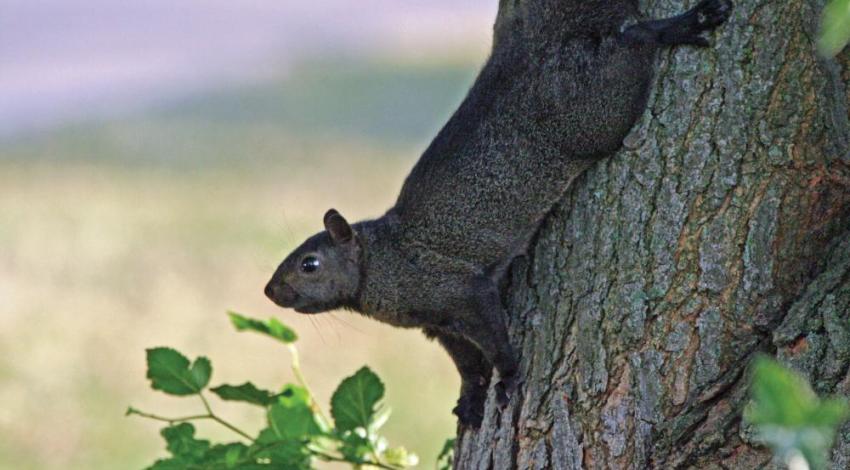It’s easy to tell you’re approaching the farm of Union Rural Electric Cooperative member Steve Graham.
The original farm contained a few small woodlots, which Graham kept. Also, because much of his ground is made up of water-loving hydric soil, he built a sizable pond and large wetland, paying for their construction through cost-sharing. The wildlife haven now attracts myriad songbirds, waterfowl, pollinators, white-tailed deer, and even a bald eagle or two.
